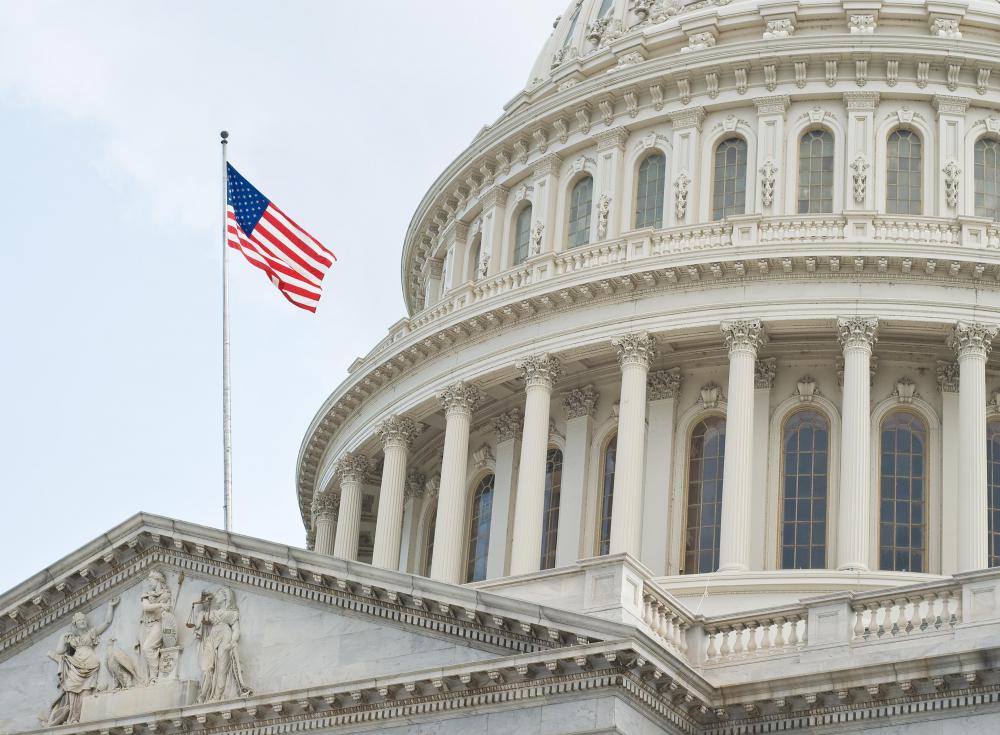At WiseGEEK, we're committed to delivering accurate, trustworthy information. Our expert-authored content is rigorously fact-checked and sourced from credible authorities. Discover how we uphold the highest standards in providing you with reliable knowledge.
What is the Code of Federal Regulations?
Also known as public administration laws, the Code of Federal Regulations consists of the codified rules enforced by the executive branch of the federal government within the United States of America. These laws, sometimes simply referred to as CFR, are segmented into 50 different sections of regulations and published by the Office of the Federal Register, a government agency operating within the National Archives and Records Administration. The reason the Code of Federal Regulations exists is because the Congress of the United States has limited constitutional authority to enforce the laws that exist within the country. Instead, the executive branch headed by the President and other administrative organizations are responsible for federal law enforcement.
In 1946, the Administrative Procedure Act passed through the Congress and was signed into law by President Harry S. Truman. The purpose of this law was to allow the executive agencies operating within the federal government the opportunity to establish rules governing enforcement procedures. Before this period, the executive branch was free to determine how it enforced laws enacted by Congress. Now, certain parameters were codified, mandating and limiting actions of federal agencies. This act itself was codified within federal law under Title Five, Section 500 of the U.S. Code.

According to law, all procedures that fall within the Code of Federal Regulations are subject to public scrutiny. As the Federal Register publishes changes to the rules, citizens can comment and lobby their Congressional representatives for changes or support to the mandates. While it is not common for Congress to constantly act on these procedures, the process is sometimes significant within oversight committees in the legislative branch.
The Federal Register has the responsibility, according to mandate, to publish the updated Code of Federal Regulations at specific times throughout the year on the first day of certain months. The first sixteen are published in January, 17 through 27 are published in April, 28 to 41 are published in July and 42 to 50 are published in October. Each of these sections deals with a specific duty of the federal government such as shipping regulations, housing and urban development and labor rights.
The Code of Federal Regulations is open to interpretation regarding its constitutionality. While there is no mention to the mandates in the Constitution itself, the fact that laws are to be made by the legislative branch is most certainly mentioned. How these laws take form is subject for debate. Despite challenges, the judicial branch of the federal government has accepted all sections of the Code of Federal Regulations as statutory law, legally binding for all residents of the U.S.
AS FEATURED ON:
AS FEATURED ON:











Discuss this Article
Post your comments